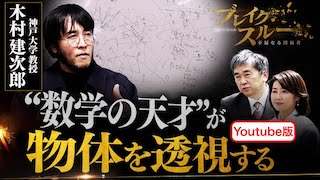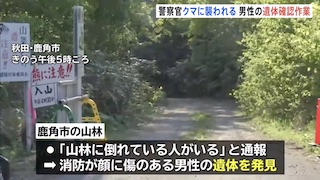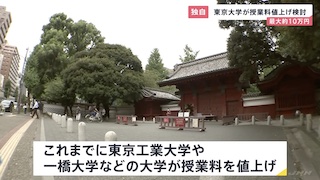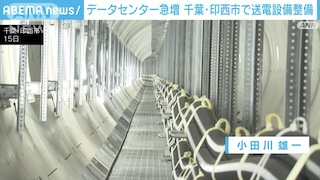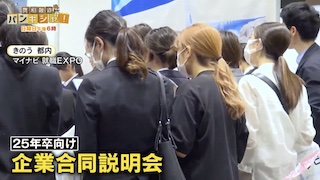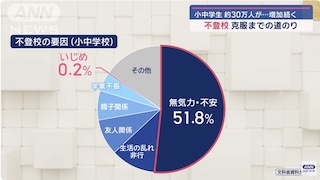May 07 (News On Japan) - Currently, western society has an unhealthy view of technology. There are two extremes of thought, and none has a complete solution.

The first block thinks that technology will rewrite everything that we know about society and human life. Thus, everything low-tech and “old” must be discarded. This mentality is the living embodiment of throwing out the baby with the bathwater.
Meanwhile, others think that tech integration is folly and that we must conserve everything that is old and traditional.
This battle of ideas spans the globe in almost every field, from activity to politics to entertainment. Yet, nowhere is this mentality as impactful as in education. In this case, in particular, the world stands to learn from Japan.
Japanese innovation in education successfully blends the traditional with the mechanistic and technological.
Does Education need an update?
Given that education focuses on teaching mostly on science and that science spawned tech, you would think that education would be the most high-tech field around. However, aside from the classroom movies and replacing handwriting with typing, we’ve seen very little integration.
To a certain extent, this weariness is justified. IQ rates have dropped across the industrialized world regardless of the country, socio-economic status, or race. Most education experts agree that, at least in part, this drop in overall intelligence is due to the abandonment of handwriting.
This is just one example of why we can’t just forsake all traditional teaching methods, as many of them are actually useful. Recently, even ritual and memorization (once thought of as antiquated hindrances) have been proven to help brain development.
So, does education need to progress and integrate technology? Almost certainly, yes.
However, that integration needs to be carefully measured. Tech needs to be treated like training wheels, not as an automatic motor that pushes the bike pedals in your place.
Another debatable area is the use of online resources. Some students would hire a writer from an essay writing service to handle some of their homework. Many people would take some classes just for the extra credits, with no real interest in the subject matter.
As a result, when students can afford it, the writer can handle the “filler” homework, leaving the client with more free time to recharge.
As a disclaimer, even if you are dealing with the best research paper writing services, you should never cheat yourself out of a valuable lesson or class. This technology is best implemented when searching to get rid of “busy” work.
Education Technology Use in Japan
Let’s say that you live in an 8-story building, and everyone is in more or less good shape because they have to take the stairs. Now, imagine someone installed an elevator. Nobody would ever take the stairs again. It will be convenient, but it will also mean that people will not exercise anymore.
This is a good analogy for tech and why we need to be careful about the “when” and “how”. Japanese education seems to have found the sweet spot between convenience and challenge.
Tablet and laptop use in Western schools was implemented wrongly. More or less, as mentioned previously, this technology was implemented to basically replace notebooks and typing, which had detrimental effects.
Students in Japan are very tech-literate, and they use software to enhance their learning rather than outsource it. For example, technology in Japan is used even in gym classes to film students while they move.
Similar to how top athletes record themselves to watch their mistakes, so too are students recorded, with red dots correcting their form while exercising.
Also, the integration of tablets in classrooms was more planned and less rushed. It was done while cross-checking and asking for advice from IT companies.
Making things more efficient
In the business world, efficiency can mean two things. The first type of efficiency is seen as cutting costs while changing nothing else about the process. This maximizes profits and does little else.
The second type of efficiency is that you actually use the time and money saved in other areas where your attention is more needed.
Educational technologies, for sure, will make teacher’s lives easier. Even something as simple as paper grading software will save dozens of hours per month. These saved hours can then be re-invested in the welfare of the students. Some kids need more attention than others, and overall, the more time a teacher can spend with any child, the better the outcomes.
In addition, we need to think about meta-data. Even in a single country, millions of students will learn, take tests, and interact with their lessons digitally.
One of the primary examples of innovations in Japanese education is that they are starting to collect and connect these bits of metadata and learn from them. Currently, in the world, metadata is harvested for advertising and by government espionage programs and sees little use in more productive projects.
Japan is pioneering data collection in education on a broader scale, and the rest of the world stands to learn from its efforts.
Combating the issues of public education
In 99.99999% of cases, personalized services are better. Which would you prefer, a hand-crafted table or one that was mass-produced?
This issue of mass production maps very well to education. The quality just isn’t there, as every person in the nation has to be educated by the very same curriculum. A teacher has to memorize hundreds of student’s needs and try to keep up with the schedule, leaving little place to tend to the exceptional students (both the very good and very bad).
Just as the algorithm on Google learns everything about you in order to sell your products, education software can also learn about your weak areas and what you need to improve. Japanese teachers are using educational tech tools as a force multiplier, turning what would ordinarily be a standardized curriculum into a tailor-made lesson tool.
Why Japan?
Why is Japanese innovation spearheading progressive methods of teaching? Well, the simplest answer is that they want to do so.
In many ways, the nation’s strong roots and traditions keep them grounded to an extent that is uncommon. We’ve seen precursors of this mentality in the Japanese corporate and automotive worlds. The culture never lost its discipline and never saw technology as a way to cut corners or work less hard.
Edtech in Japanese education makes things more efficient and interactive without making learning less effective. It was implemented with care.
Conclusion
If misused, technology can very easily weaken its users. Tech must never be a replacement for real learning or as a crutch to cut costs.
This is the reason why Japanese progressive education tools are showing positive results. The country’s traditional and discipline-minded approach is less likely to drop the ball. They are drawing the benefits from tech while minimizing the downsides.
There will always be downsides to replacing natural processes with software, but if used wisely, the cost/benefits analysis will lean heavily on the benefit side.



